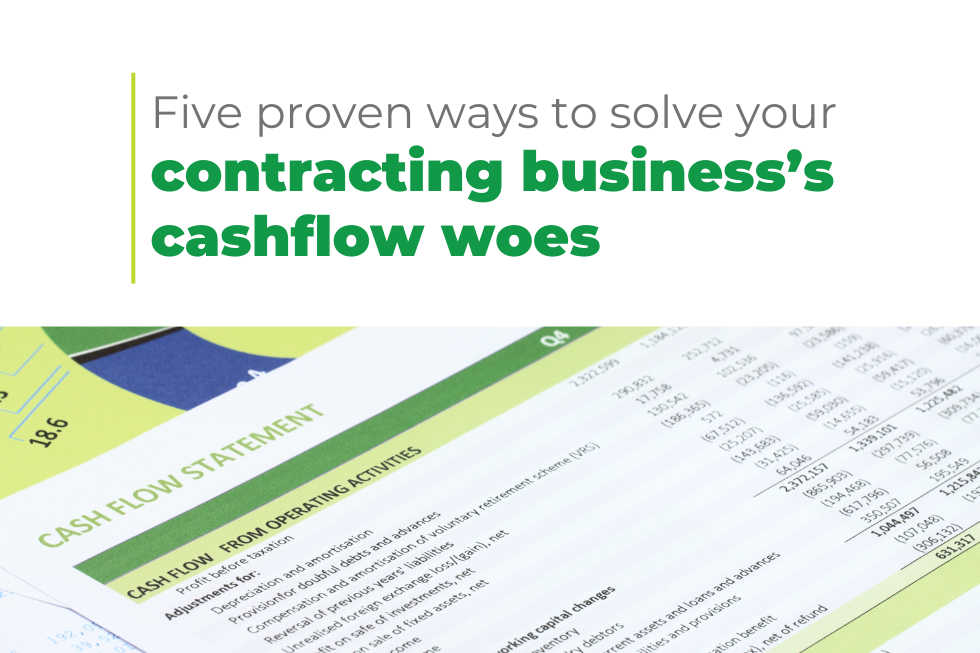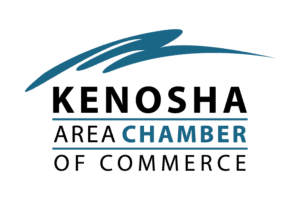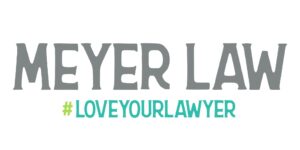As a contractor, you already know that managing cashflow in a construction business can be challenging. Contractors struggle with cashflow for several construction-specific reasons, including:
- Significant upfront costs for materials, labor, and equipment, which can create a cash shortfall for paying bills and purchasing new materials
- Seasonal demand that creates uneven cashflow when work slows
- Cost overruns from delays, changes in scope, or increased material and labor costs
- Payment delays
- Limited financing options that can make it difficult to access working capital
Cashflow is Critical
As a business owner, you also know that cashflow is critical to keeping your business running, from paying suppliers to making payroll. Many businesses could benefit from better cashflow management, which will increase financial stability and strengthen the firm overall. Here are five ways to reduce the cashflow crunch in your construction business:
- Strengthen invoicing and payment processes. Are you tracking Days Sales Outstanding (DSO)? DSO is the average number of days it takes to collect your accounts receivable. Delayed or late payments from customers can significantly affect your cashflow, so it is important to invoice promptly and follow up on outstanding payments in addition to closely monitoring DSO.
- Negotiate payment terms with suppliers. Another effective way to manage cashflow is to negotiate better payment terms with suppliers. These can include discounts for upfront payments or longer payment terms.
- Optimize procurement. Excess inventory can tie up working capital and contribute to the cashflow crunch. Evaluate current supply chain management to assess risk, ensure supplier redundancy, and optimize procurement processes to order only what is needed when it is needed.
- Increase efficiency and productivity. Tighter project management processes can reduce costs and delays and optimize revenue, which can ultimately improve cash flow. Consider expert process review as well as implementing technologies or process automation where possible to boost efficiency.
- Monitor and forecast cashflow. Regularly monitoring and forecasting cashflow can identify problems or shortfalls before they become significant—and ultimately lead to improved financial performance.
Clarity is Key
There is a caveat, however: pursuing each of these best practices requires having clarity on your firm’s financial position. Many construction business owners of businesses making $5 million to $50 million in annual revenue do not have a clear grasp on their financial position and performance, which means they are putting their business at risk.
Do you? Here’s a quick way to assess:
- What is your current DSO? Is it better or worse than the industry average of 57?
- What KPIs on financial performance are you tracking?
- Are you certain of profitability across every job and division?
- Is your budgeting based on real-time, accurate forecasting of material and labor costs?
Financial clarity is essential to building a better business. This is where DAAXIT can help, from relieving the cashflow crunch through driving firm growth. Through fractional CFO services, we create financial clarity and enhance profitability for firms in the construction industry, helping them take their businesses to the next level and attain financial freedom.









